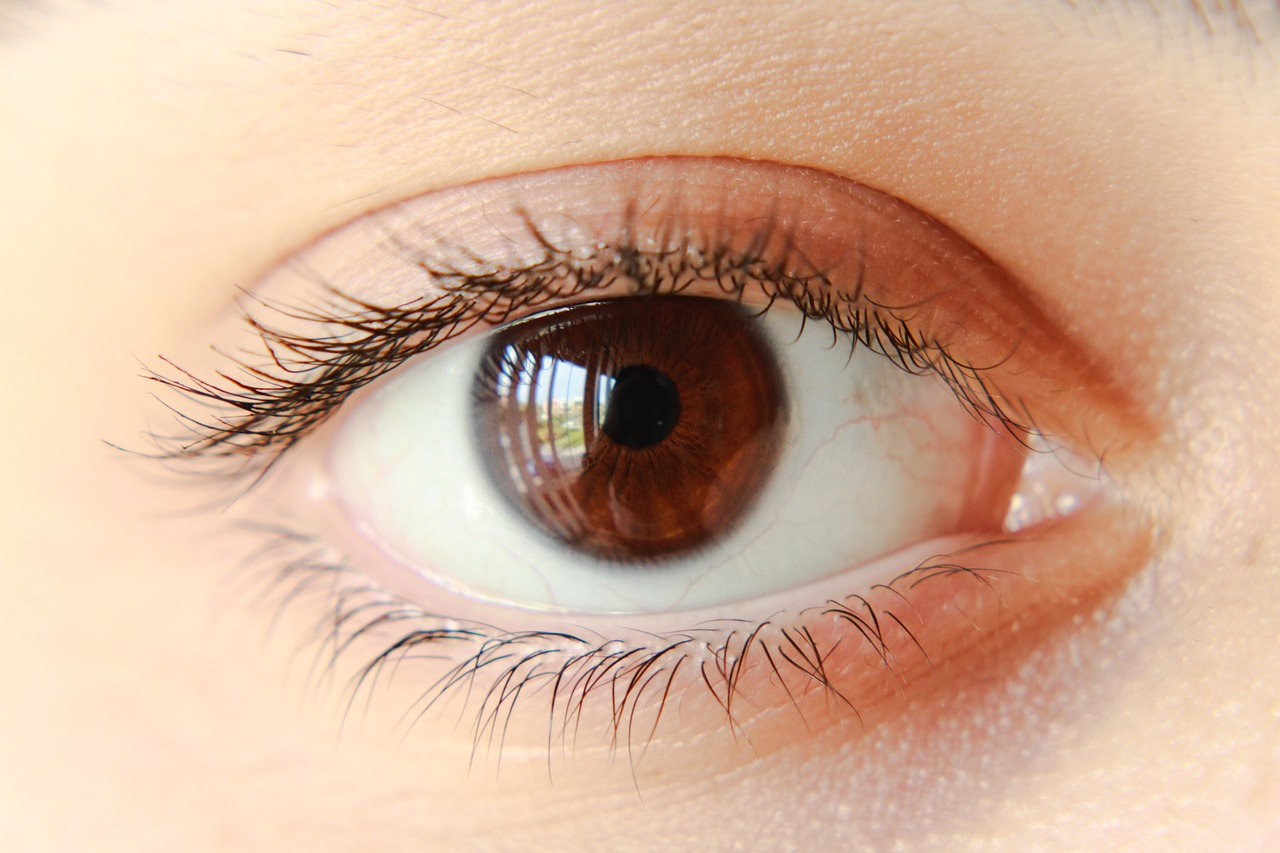What is dry eye?
Dry eye occurs when the surface of the eye is not properly lubricated. This can happen due to two main reasons: insufficient tear production, known as aqueous deficient dry eye, or tears evaporating too quickly, referred to as evaporative dry eye. Dr. Johanna Choremis, an ophthalmologist and associate professor at the University of Montreal and assistant professor at McGill University, emphasizes the importance of the tear film, which consists of three layers: an oily outer layer that prevents tear evaporation, a watery middle layer that keeps the eye wet, and an inner mucus layer that helps the film adhere to the eye. When these layers do not function properly, it results in dry eye, affecting both comfort and vision.
Symptoms and impact of dry eye
The symptoms of dry eye vary widely, including irritation, itching, a gritty sensation, light sensitivity, and blurred vision. Interestingly, some patients with severe dry eye may not feel significant discomfort, while others with milder cases might experience considerable discomfort. Dr. Irene Mestito-Dao, an optometrist in Winnipeg, notes that one paradoxical symptom is excessive tearing. This occurs when the cornea, overly dry and irritated, triggers a reflex to produce more tears, but these tears evaporate quickly, failing to properly lubricate the eye.
Dry eye can severely impact a person's well-being. Dr. Choremis points out that in extreme cases, the condition can lead to depression and even suicidal thoughts, though such severe psychological effects are rare.
Who is at risk?
While dry eye is more common with age and more prevalent among women, particularly after menopause, it is becoming increasingly widespread across all demographics. The reasons for the higher risk in postmenopausal women are not entirely clear, though hormonal changes, particularly the decrease in testosterone, may play a role. However, testosterone eye drops have not proven effective in treating dry eye in these women, according to Dr. Allan Slomovic, a professor of ophthalmology at the University of Toronto.
The rise in dry eye cases among younger populations is particularly concerning. Increased screen time is a significant contributing factor. As Dr. Slomovic explains, "The more close-up work you do, the less you blink," and fewer blinks lead to quicker tear evaporation. The Canadian Association of Optometrists recommends no screen time for children under two years old, less than an hour a day for ages two to five, and no more than two hours of recreational screen time for those between ages five and 18. However, these recommendations are challenging to implement in modern households where screens are ubiquitous in both educational and recreational contexts.
Environmental and lifestyle factors
Beyond screen time, various environmental and lifestyle factors can contribute to dry eye. Air conditioning, air pollutants, ultraviolet (UV) radiation exposure, and even wildfire smoke can increase the incidence of dry eye. Additionally, autoimmune disorders, wearing contact lenses, refractive eye surgeries, and certain medications are also linked to the development of this condition.
Dr. Choremis and Dr. Mestito-Dao suggest several preventive measures, such as using a humidifier in dry environments, maintaining a healthy diet, staying hydrated, and ensuring good-quality sleep. Omega-3 supplements have shown some promise in alleviating dry eye symptoms, although the science is still inconclusive. The 20-20-20 rule—taking a 20-second break to look at something 20 feet away every 20 minutes of screen time—can also help reduce the risk.
Treatment options
For those already suffering from dry eye, several treatment options are available. The first line of defense is artificial tears or eye drops, with a preference for preservative-free products to avoid further irritation. For more severe cases, hot compresses, eyelid cleaning, and anti-inflammatory eye drops may be recommended. Advanced treatments include punctal plugs to block tear drainage, light therapy, or heat and pressure therapy targeting the eyelids.
Despite the variety of treatments available, Dr. Choremis notes that finding an effective solution can be challenging, especially in severe cases. She stresses the importance of early intervention, as untreated dry eye will worsen over time. Since dry eye is a chronic condition, ongoing treatment is necessary, requiring patients to adopt a long-term management approach rather than seeking a quick fix.
Dry eye is a growing health concern that demands attention, particularly as its prevalence increases among younger populations. While the condition can range from a mild nuisance to a severe impairment, understanding its causes, recognizing the symptoms, and taking preventive measures can help mitigate its impact. For those affected, a combination of lifestyle changes and appropriate treatments can offer relief and improve their quality of life. Early diagnosis and consistent management are key to preventing the progression of this chronic condition.
source: CBC


 The consumption of ultra-processed foods is a growing concern worldwide due to its links to major health issues. From obesity
The consumption of ultra-processed foods is a growing concern worldwide due to its links to major health issues. From obesity Loneliness, a widespread and often unspoken issue, has been recognized as a significant public health concern. Research shows it can
Loneliness, a widespread and often unspoken issue, has been recognized as a significant public health concern. Research shows it can Cold water therapy, a practice gaining popularity among celebrities and athletes, is becoming a global trend. With promises of stress
Cold water therapy, a practice gaining popularity among celebrities and athletes, is becoming a global trend. With promises of stress

